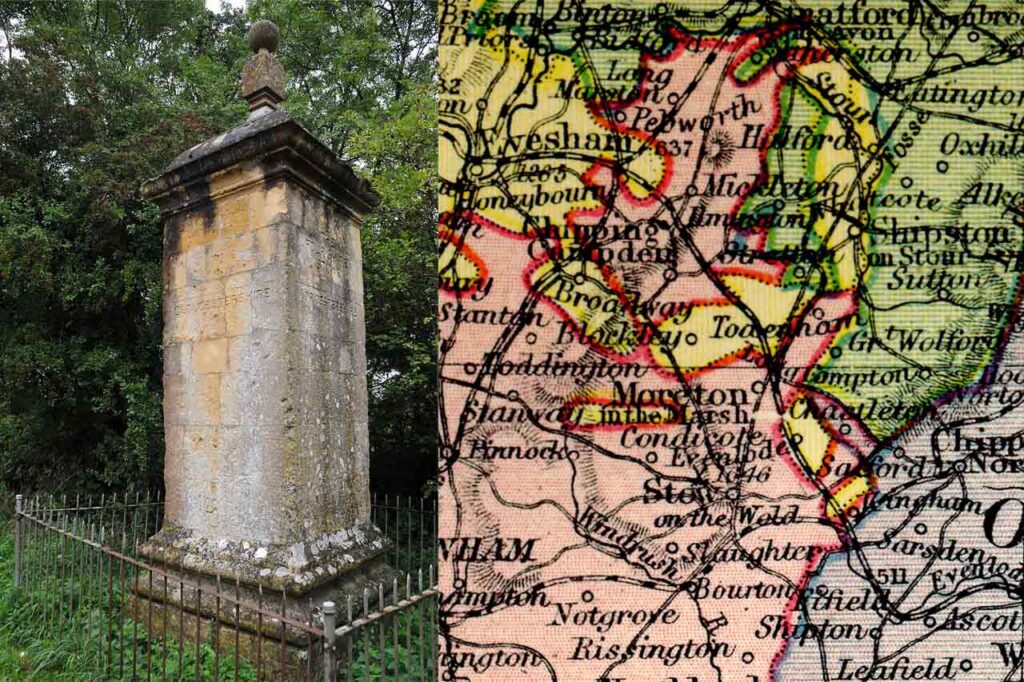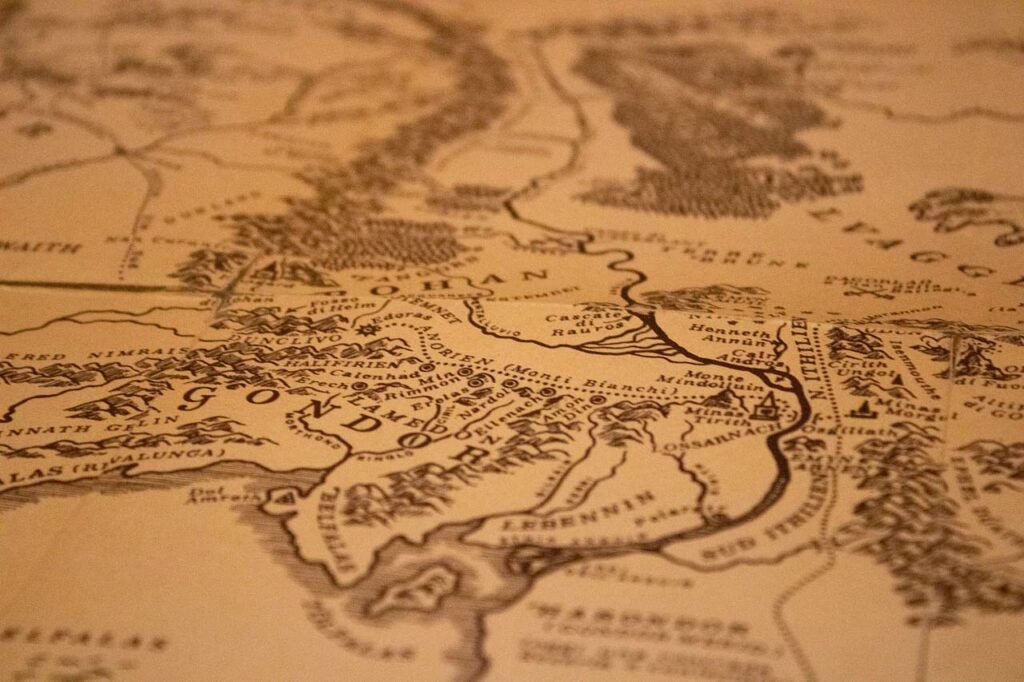Our name takes inspiration from a local landmark that has captured the fascination of many over its long history, including J. R. R. Tolkien, author of The Lord of the Rings.
Around a mile and a half from the Cotswold town of Moreton-in-Marsh stands the Four Shires Stone. The distinctive 15 feet tall monument marks the ancient boundary between the counties of Warwickshire, Oxfordshire, Gloucestershire and Worcestershire. The pillar is constructed from white oolitic limestone, the beautiful honey-coloured stone that is characteristic of the Cotswolds, suggesting it was likely sourced from a local quarry.

Image source: en.wikipedia.org/wiki/Four_Shire_Stone


